
Ant Control
Ants may be small in size, but their presence can lead to significant issues for homeowners. These persistent pests can infiltrate your living spaces, contaminate food, and even cause structural damage.
Welcome to our Pest Library—a comprehensive resource for essential information about common household pests, from prevention to effective control measures. Equip yourself with the knowledge to safeguard your home and business.

Ants may be small in size, but their presence can lead to significant issues for homeowners. These persistent pests can infiltrate your living spaces, contaminate food, and even cause structural damage.

Bed bugs are a significant nuisance due to their rapid and unpredictable spread, leading to various issues. They can inflict itchy and uncomfortable bites on human skin, often resulting in red welts. Although they are not capable of spreading any
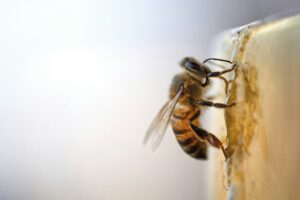
Even though bees are the much-needed pollinators that keep the ecosystem thriving, their excessive presence in the wrong place can cause several problems. They can sting people, which can cause life-threatening hypersensitivity reactions in some people. They can also damage

Beetles are a diverse group of insects, and while most are harmless, certain types of beetles can cause problems, including crop damage, wood damage, the ruining of stored food, and risks to human health.

Carpenter ants pose a significant problem as they can cause structural damage to homes. Unlike termites, carpenter ants do not eat wood but excavate it to create their nests, which can weaken the integrity of wooden structures over time. Their
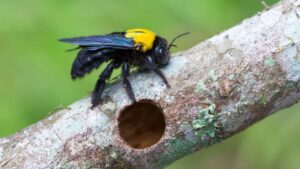
Carpenter bees can cause significant damage to wood structures in your home as they bore into wood to create their nests. While they don’t eat the wood, the tunnels they create can weaken structural elements and lead to costly repairs.
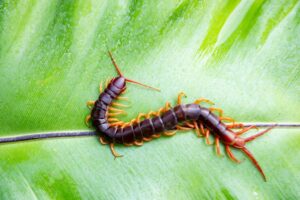
A diverse array of centipedes are present in Connecticut. Each of which can be a nuisance since they often enter homes, and their presence can be unsettling. Their bites can be painful and cause mild skin reactions. Their appearance, with
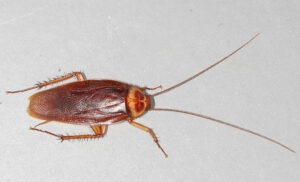
Besides being an unpleasant site for most people, cockroaches can result in a number of issues. These organisms are known to be carriers of diseases. and can contaminate food and food products. Moreover, they reproduce rapidly, cause damage to properties,
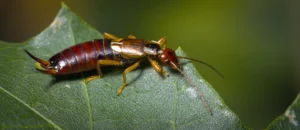
Earwigs can enter the indoor part of homes, which is very unsettling for residents. Earwigs can damage plants by chewing on leaves, flowers, and soft fruits. Also, their distinctive pincer-like appendages can appear intimidating to some individuals.
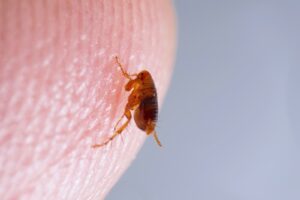
Fleas can cause a number of problems, including bites, which can result in itchy, red spots, rapid reproduction (resulting in very sudden spread), transmission of diseases to humans and animals, and damage to properties.
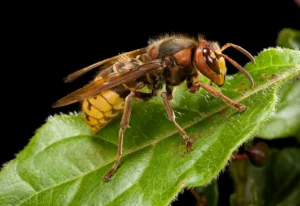
Hornets are known for their painful stings, which can even cause severe allergic reactions. Their presence can create an unsafe environment for children. They build large nests in or near buildings, and their removal can cause structural damage to the
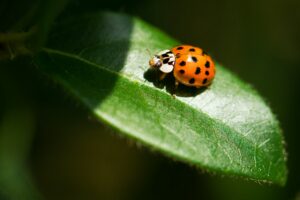
Ladybugs are generally considered beneficial insects due to their role in controlling insect populations and other garden pests. However, in some cases, ladybugs can become a problem for homeowners. Large numbers of ladybugs can collect in walls and attics, leading

Millipedes are typically harmless creatures that play an important role in breaking down decaying plant matter in the environment. However, millipedes can become a problem as well. They enter homes in search of moisture and shelter, especially during rainy or

Moles are small mammals that spend most of their lives underground. While they are mainly harmless to humans, moles can become a problem for homeowners due to several reasons. They damage lawns and gardens by digging into them, which can
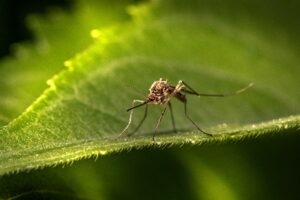
Mosquitoes are vectors for various diseases, including malaria, dengue fever, Zika virus, West Nile virus, and more. Their bites cause itching, redness, and discomfort. Some individuals may have allergic reactions to mosquito bites.
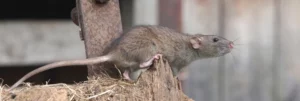
Rats are known vectors of various diseases, including leptospirosis, hantavirus, salmonellosis, and even the bubonic plague. They are habitual chewers and can damage structures, wires, insulation, and even personal belongings. Rats leave behind urine and feces that can contaminate food,

Silverfish feed on a variety of materials, including paper. Their feeding habits can cause damage to personal belongings and important documents. They shed their scales and leave behind feces, which can become airborne and cause asthma in people. Their presence
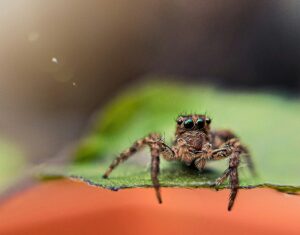
Many people have arachnophobia, a fear of spiders, which can cause discomfort and anxiety if they are seen in and around the home. Spiders often build webs to catch prey, and these webs affect the aesthetics of your living spaces.
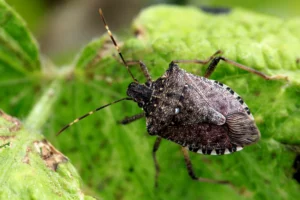
Stink bugs emit a strong, unpleasant odor when threatened. Their feeding can lead to crop damage and reduced yields in agricultural settings. Some individuals may be sensitive to stink bug secretions, leading to skin rashes or respiratory issues.
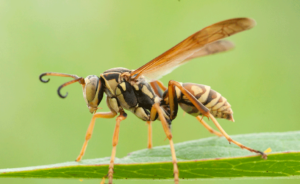
Wasps can be a significant problem due to their ability to sting multiple times, which can cause painful injuries and potentially severe allergic reactions in some individuals. Additionally, wasps can be aggressive when their nests are threatened, making them a
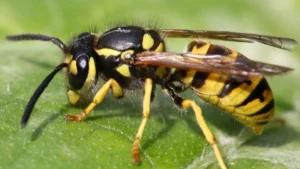
Yellow jackets can sting repeatedly when they feel threatened, and their stings can be excruciating. They can also result in life-threatening allergic reactions. They are attracted to sugary foods and can become an annoyance at picnics or get-togethers.
Need Pest Control services right away? Call us at 203-265-7328 for swift assistance, or conveniently schedule your inspection online to get started.